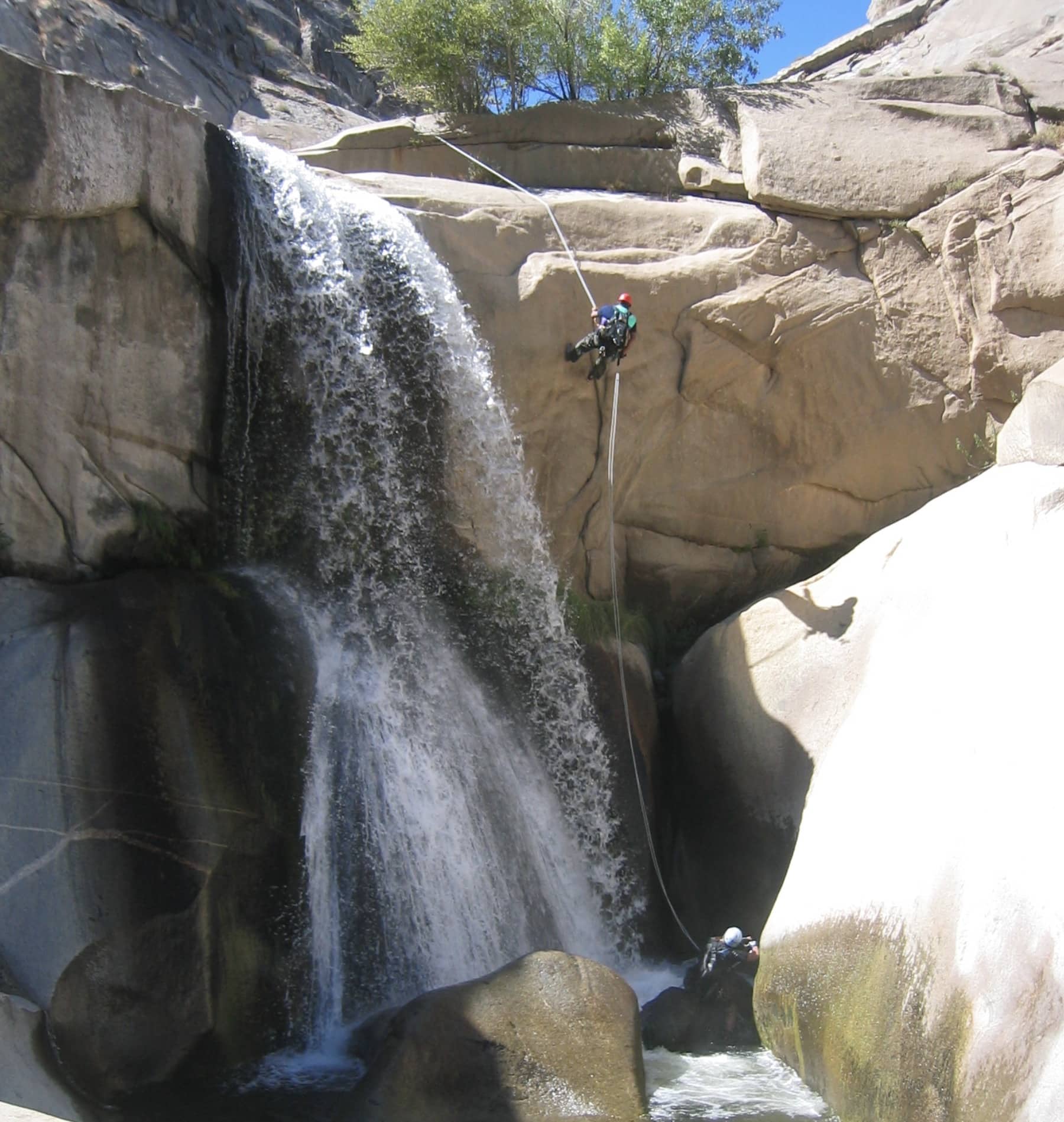Dramatic Drone Rescue: Stranded Climber Saved Behind California Waterfall

For two days, only roaring water and loneliness kept rescue at bay—until a drone rescue changed everything.
A dramatic two-day search in the rugged Sequoia National Forest ended with a sophisticated drone operation pinpointing and saving a stranded canyoneer. The rescue, which unfolded near the perilous Seven Teacups waterfalls, highlights the life-saving value of aerial technology for first responders and the critical importance of environmental awareness for adventurers, reports The NY Times.
How Drone Reconnaissance Enabled a Timely Rescue
Rescue teams searching for Ryan Wardwell, 46, mobilized ground and aerial assets after he was reported missing on Sunday evening. Wardwell had intended to rappel the Seven Teacups—a sequence of waterfalls near the north fork of the Kern River—but instead became trapped by powerful water flows. According to Captain Kevin Kemmerling of the Tulare County Sheriff’s Office, “the flow was just so heavy,” likening the ordeal to being caught in a rip current.
Key to the successful location effort was the deployment of a drone behind a major waterfall, where Wardwell was ultimately found suffering from dehydration and minor injuries. The terrain had previously prevented access, and even initial aircraft equipped with camera and infrared technology faced challenges from the canyon’s rough geography and fading daylight.
Once visual contact was made with the drone, teams coordinated a helicopter extraction. Video released by the sheriff’s office shows the high-precision maneuver: a California Highway Patrol helicopter hovers, while a rescuer descends into the canyon to retrieve Wardwell. This sequence demonstrates how integrating unmanned aerial systems improves situational assessment and enables safe, expedited recoveries in otherwise inaccessible or hazardous terrain.
Technical and Human Factors: Lessons for Drone Professionals
An experienced climber, Wardwell had the equipment and mindset for technical descent but underestimated the force of Sierra meltwater originating from Mount Whitney, which stands over 14,500 feet (approximately 4,420 meters) as the tallest peak in the continental United States. Captain Kemmerling emphasized that exposure to the frigid water made Wardwell “hypothermic almost right away,” leaving him without the “muscular function to be able to swim out of that hole.”
Kemmerling added, “I think that if he had exposure protection in light of wearing a wet suit or a dry suit, which is typically worn in these types of events and conditions, he wouldn’t have gotten hypothermic and he probably would have been able to swim out.” The rescue occurred just as Wardwell was running low on supplies.
The Seven Teacups is an alluring but treacherous canyoneering route, as reflected by five deaths in the past 25 years—including three drownings the previous year at the same location. Rescue signage, developed with the U.S. Forest Service and the Coalition of American Canyoneers, warns that “rescue is not immediately available.”
Drone Rescue: Operational Guidance and Regulatory Takeaways
This operation underscores several points for the drone and public safety community:
- Unmanned systems serve as force multipliers for search-and-rescue, particularly in terrain that challenges traditional crews.
- Payload flexibility (thermal, optical, infrared) is mission-critical, especially in deep canyons and at low light.
- Effective interagency communications and rapid decision-making benefit from precise, real-time drone reconnaissance.
- Emphasis must remain on pilot training for flights near obstacles such as waterfalls, cliffs, and variable wind zones.
Regulatory context in the United States supports the use of drones for life-saving public safety missions under existing waivers. Continued advocacy for streamlined permissions and upgraded payload standards will further embed drone platforms into first-responder practices.
As drone adoption grows, this rescue serves both as a reminder of their operational value and the enduring risks of extreme adventure. For the canyoneering and drone communities alike, the incident at Seven Teacups is a case study in technology, readiness, and respect for natural hazards.
You can read more storied about Drones for Good on DroneXL.co.
Photos courtesy of RopeWiki.
Discover more from DroneXL.co
Subscribe to get the latest posts sent to your email.
Check out our Classic Line of T-Shirts, Polos, Hoodies and more in our new store today!

MAKE YOUR VOICE HEARD
Proposed legislation threatens your ability to use drones for fun, work, and safety. The Drone Advocacy Alliance is fighting to ensure your voice is heard in these critical policy discussions.Join us and tell your elected officials to protect your right to fly.
Get your Part 107 Certificate
Pass the Part 107 test and take to the skies with the Pilot Institute. We have helped thousands of people become airplane and commercial drone pilots. Our courses are designed by industry experts to help you pass FAA tests and achieve your dreams.

Copyright © DroneXL.co 2025. All rights reserved. The content, images, and intellectual property on this website are protected by copyright law. Reproduction or distribution of any material without prior written permission from DroneXL.co is strictly prohibited. For permissions and inquiries, please contact us first. DroneXL.co is a proud partner of the Drone Advocacy Alliance. Be sure to check out DroneXL's sister site, EVXL.co, for all the latest news on electric vehicles.
FTC: DroneXL.co is an Amazon Associate and uses affiliate links that can generate income from qualifying purchases. We do not sell, share, rent out, or spam your email.


















